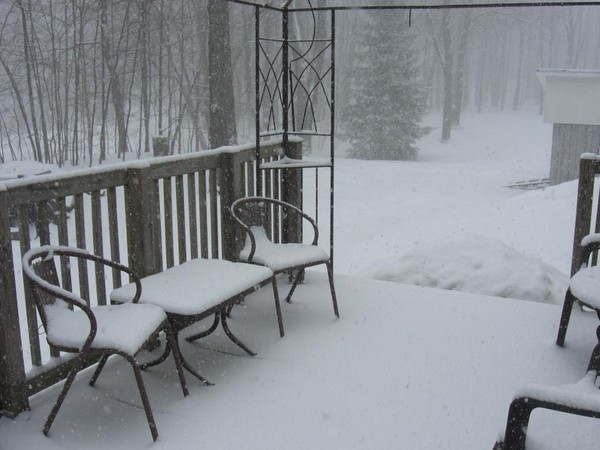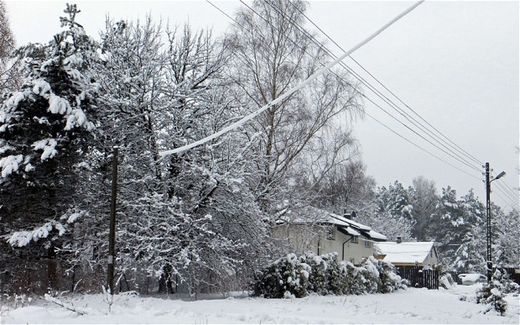
© DPA
Complaining about the weather has reached epidemic proportions in northern Germany this "spring." And with good reason.
With Easter just around the corner, meteorologists are telling us this could end up being the coldest March in Berlin and its surroundings since records began in the 1880s. The poor Easter Bunny deserves our sympathy. Whereas in recent years he has grown used to dodging daffodils, lilies and tulips as he carries his cargo of eggs and chocolate to homes across northern Europe, this year the rabbit will find himself confronted with ice slicks, snow drifts and bundled up humans in foul moods.
Easter, after all, may be upon us. But spring weather most definitely is not. Biologists are warning that the Easter Bunny's wild brethren, European hares, are having trouble keeping their broods warm and healthy in the unseasonable chill. Meteorologists are keeping close tabs on thermometers to determine whether this March will go down as the coldest ever -- since records began in the 1880s. And wiseacres on the streets of Berlin have not yet tired of noting that Easter promises to be colder than last Christmas.
And it's not just the northern regions of Continental Europe where the Easter Bunny will encounter problems. Great Britain and Ireland are likewise suffering through unseasonable weather, with power outages threatening the roast lamb and snow drifts making hopping difficult. Russia and Ukraine are also suffering.



Comment: And no, Abdussamatov isn't just saying this now because winter records have been smashed in 2013. Back in 2010 he said that a new ice age would begin in 2014.